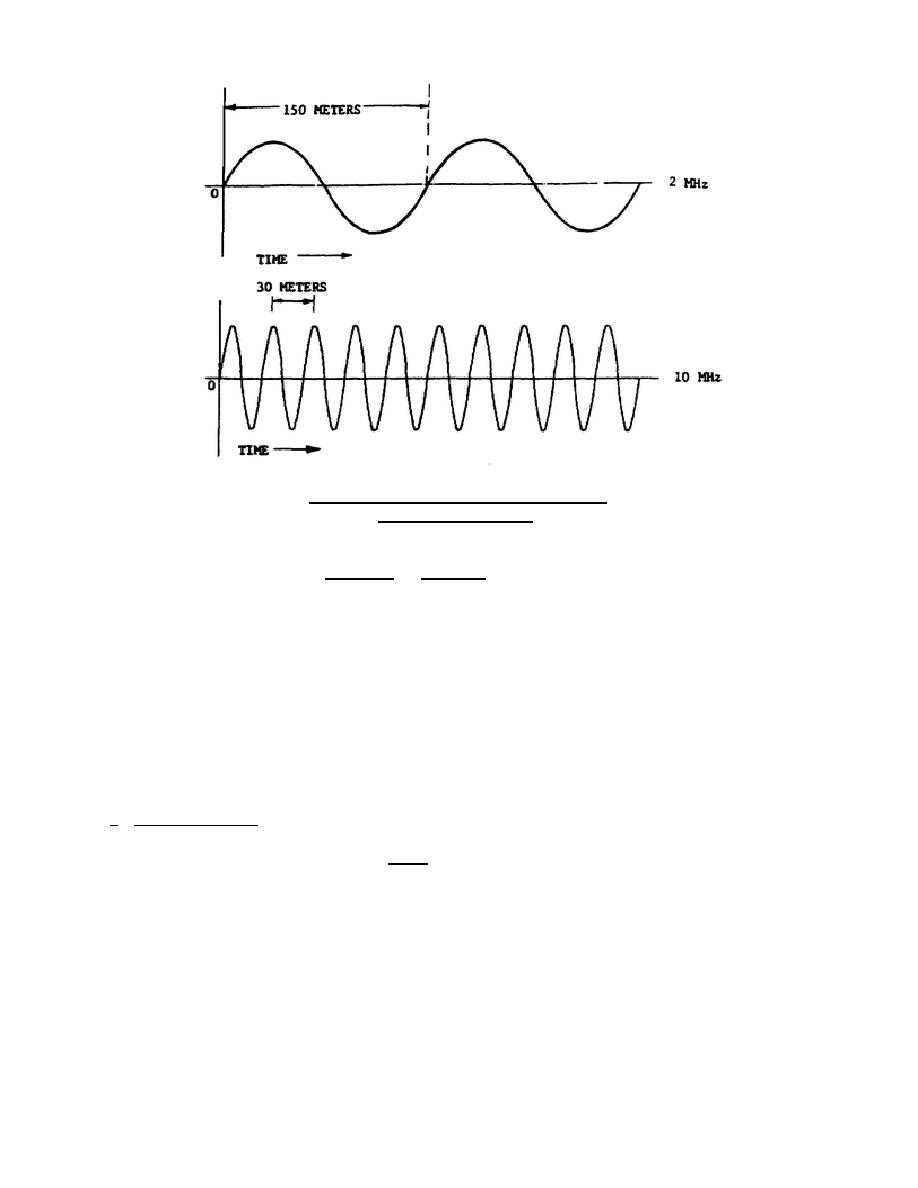
Figure 4-3. Wavelengths of two radio waves
of different frequencies.
(3) Speech and music actually include very complicated combinations of frequencies of irregular and
changing shapes called harmonics or overtones. These are multiples of the fundamental tone, or
frequency, and give individual characteristics to sound of the same fundamental frequency coming
from different sources.
(4) Experiments indicate that the human ear can best hear sounds of about 2,000 Hz. Sound waves
around 15,000 Hz and higher, such as those set up by very high-pitched whistles, are often inaudible
to adults. Frequencies below 20 Hz (such as the staccato tappings of a woodpecker) are recognizable
more as individual impulses than as tones.
(5) Although audio frequencies are too low to provide effective radiation, they nevertheless play an
important part in radio communication. As electrical signals, they operate telephone receivers,
loudspeakers, and other electromechanical devices which produce sound waves we can hear.
c. Radio Frequencies. Radio frequencies extend from about 20 kHz (20,000 Hz) to over 300,000 MHz (300
billion Hz). Since different groups of frequencies within this wide range produce different effects in transmission,
radio frequencies are divided into groups, or bands, of frequencies for the convenience of study and reference.
The higher we extend the range of useful radio frequencies, the more spectrum space we will have for our use.
This is the primary purpose for research and development leading to use of the higher frequencies of the radio
spectrum.
41


 Previous Page
Previous Page
